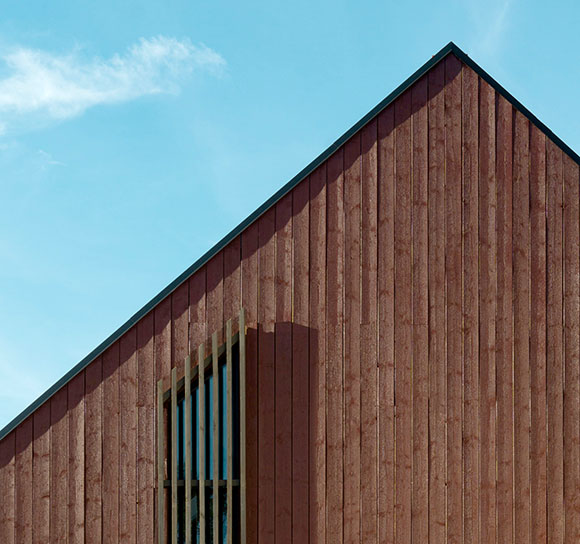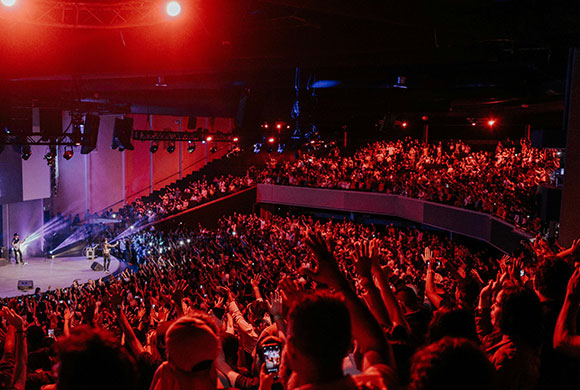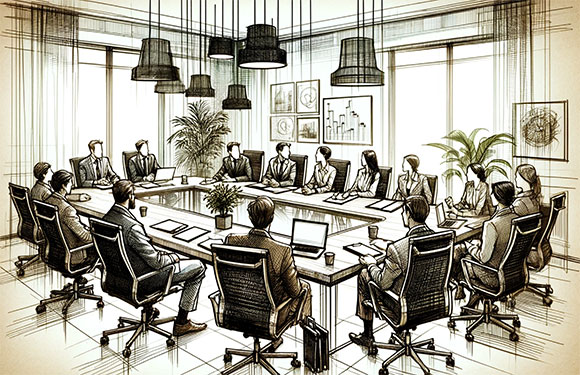#212: THE INTERVIEW | READING THE ROOM
(Image by Mohamed Hassan, Pixabay)
A contemporary phrase often recommended is, “Read the room.” In business, everyone is required to have skills of observation and deduction, as well as awareness, both in general and self. But this is also required–whether a corporate boss or high school teacher, a police officer or nurse, with family or friends. In life, it is imperative to understand a setting or situation, whether professional or social.

Years ago, I heard about two architects competing for a big project: a high-end residential estate in New York. During the interview, Architect A presented an in-depth process of getting to know the client and designing specifically for the client’s needs. Architect A discussed how he would learn every aspect of the client’s existence, from family member idiosyncrasies to Thanksgiving parties, from in-law visits to number of pets, from how they cook to recreational activities. Architect A boasted about “living and breathing” this client to ensure a successful architectural design.
When Architect B presented, he simply said to the potential client: You will see me three times.
1) When I visit your property,
2) When I present my design, and
3) When I give you the keys to your new home!

As thoughtful as Architect A sounded, the client found him overwhelming, even invasive. Architect B made the process sound easy, and he won the job.

Another example: For a new theater in Los Angeles, I heard about two architectural companies competing. For the interview, Company 1 presented a collaborative process, showing various diagrammatic options in sketches and physical models, asking the client investigative questions, even eliciting hands-on participation from the client with markers and paper. This inviting roll-up-your-sleeves approach gave a preview of how the design process might proceed if Company 1 was hired.
In contrast, Company 2 presented a completed concept in full form: photorealistic computer renderings accompanied by a detailed physical model. There was no back-and-forth discussion between Company 2 and the client. No options or inquisitive design questions. Company 2 showed an architectural vision and in essence said, “This design is what you want!”

As appealing as Company 1 sounded, Company 2 was hired for the job. Whether their presented design suited the client, that didn’t matter. The client was simply impressed by the commitment and enthusiasm to develop a full design. Whereas Company 1 presented a shared and friendly method of design, it was the Wow Factor from Company 2 that won the client.

In both examples, the client’s decision could have gone the other way. Maybe for the residential project, the client might have found Architect B glib and arrogant—and decide on Architect A for his meticulous and exploratory process. Maybe for the theater project, the client might have found Company 2 to be short sighted, as in, “Who designs an entire project without even talking to me first?” This client might have preferred Company 1 who would engage in collaboration and teamwork.
For an interview, there are many ways to present who one is, but it is about presenting how one is the right fit for the client. I discuss my interviewing secret here, but know that every interview is different. An architect’s way of working—whether analytical or improvisational, whether options-driven or one Big Idea—should not be etched in stone. Simply said, adapt to the client and the project. Make sure to read the room.







